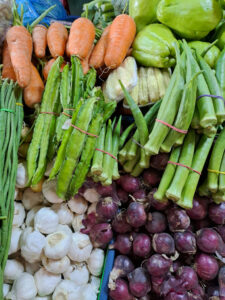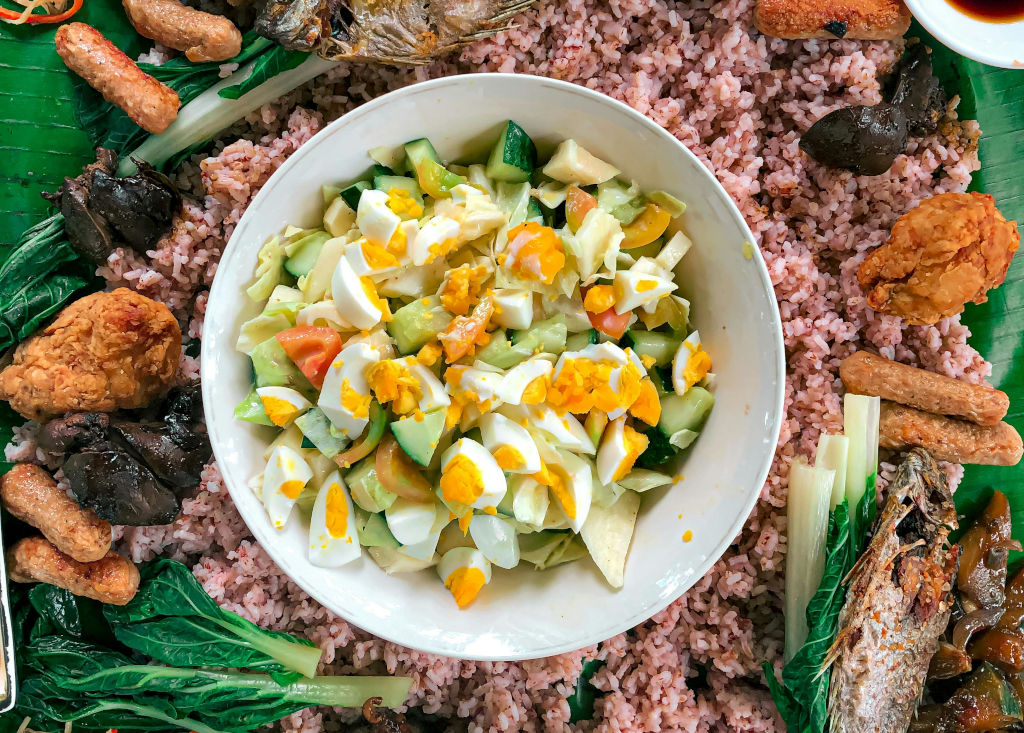There’s a tender magic in the way Filipinos gather around food—a kind of quiet choreography where stories simmer as richly as the dishes themselves. In this journey through Filipino food culture, I’m revisiting flavors from north to south, savoring how food becomes a living memory of who we are. Eating local in the Philippines isn’t just a way of dining; it’s a way of keeping our identity vibrant, shared, and beautifully familiar.
Why Filipino Food Culture Matters Now
Across our archipelago, meals are bridges—linking islands, communities, and generations. Filipino food culture isn’t merely a collection of regional specialties; it’s a shared language rooted in warmth, resilience, and hospitality. As local food movements blossom and more travelers seek authenticity, it feels important to shine a gentler, steadier light on the flavors that have long shaped our stories. Elevating Filipino food culture today means honoring its past and nurturing its future, one dish at a time.
Luzon’s Diverse Tastes and the Heart of Filipino Food Culture
My earliest food memories were shaped in Luzon: the comforting aroma of adobo simmering in a clay pot, the crisp bite of pakbet loaded with backyard vegetables, the slow heat of Bicol Express cooked lovingly with fresh gata. Luzon carries a wide spectrum of tastes, and each contributes something unique to Filipino food culture. In the north, Ilocano flavors lean bold and earthy—think pinakbet, dinengdeng, and the ever-iconic bagnet. Meanwhile, Pampanga offers rich, celebratory dishes crafted with the confidence of a province known as a culinary capital.
The Everyday Beauty of Market Food
 A stroll through a Luzon palengke is a lesson in Filipino food culture in motion—vendors calling out prices, stacks of sun-warm tomatoes, and fish still glistening from the morning catch. It’s here where local cuisine begins, shaped by availability, seasonality, and community tradition. Buying local ingredients automatically becomes a small act of preserving culture.
A stroll through a Luzon palengke is a lesson in Filipino food culture in motion—vendors calling out prices, stacks of sun-warm tomatoes, and fish still glistening from the morning catch. It’s here where local cuisine begins, shaped by availability, seasonality, and community tradition. Buying local ingredients automatically becomes a small act of preserving culture.
Visayas: Islands of Flavor and Rhythm
In the Visayas, each island seems to hum its own tune through food. Cebu’s lechon remains a star—crisp, golden, and aromatic. The first time I tasted it straight from the roasting pit, I felt like I finally understood why it had become a symbol of Filipino food culture’s celebratory spirit. But lechon is only the beginning. Iloilo warms the soul with batchoy served steaming after a long day, while Negros weaves sweetness into its culinary identity with muscovado-rich desserts.
Seafood Stories of the Islands
Because the region is dotted with islands, seafood is abundant and deeply tied to Filipino food culture. Grilled scallops, kinilaw, and sinugba offer that fresh, briny flavor that instantly transports you to breezy shores and sunlit afternoons. Food here tells stories of fishermen rising with the tide, families gathering for fiestas, and travelers discovering flavors that feel both new and familiar.
Mindanao: Bold Traditions and Cultural Layers
Mindanao’s culinary world feels like a rich tapestry of indigenous, Muslim, and migrant influences. Dishes like pastil, piaparan, and tiyula itum carry histories that stretch far beyond the plate. Exploring Mindanao is essential to understanding Filipino food culture in its full, diverse glory. Spices dance differently here, and flavors feel deeper—richer with meaning and memory. I remember sitting in a small eatery near Cotabato, savoring a bowl of tiyula itum whose smoky broth warmed me right down to the bones.
The Healing Warmth of Regional Comfort Food
Comfort food is universal, but Mindanao’s versions—like chicken pastil wrapped neatly in banana leaf or sweet, chewy durian treats—remind me that Filipino food culture thrives most beautifully through the dishes we turn to when we need grounding, belonging, or a sense of home.
Eating Local as a Pathway into Identity
Eating local is so much more than discovering great meals. It’s a practice of honoring farmers, fisherfolk, cooks, and artisans who keep Filipino food culture alive. Choosing local ingredients, trying age-old recipes, and supporting small eateries all contribute to keeping culinary traditions resilient. Every region, after all, carries its own culinary stories—stories that deserve to be tasted and retold.
Traveling Through Food
One of the easiest ways to travel meaningfully across the Philippines is to follow the food. Whether you’re slurping pancit batil patung in Tuguegarao or savoring satti in Zamboanga, each bite adds a new layer to your understanding of Filipino food culture. For more regional travel inspirations, the Palawan insights from Bakasyon.ph’s travel guide pair beautifully with culinary journeys. You can also dive deeper into national dishes through resources like Wikipedia’s overview of Philippine cuisine, which offers a broader cultural context.
What Filipino Food Tells Us About Ourselves
 What I love most about Filipino food culture is its generosity. No matter where you go, someone is always ready to offer you a plate—sometimes even before you’ve introduced yourself fully. Food becomes a gesture of welcome, of care, of belonging. And that’s the heart of eating local: understanding that meals are more than nourishment; they are connections.
What I love most about Filipino food culture is its generosity. No matter where you go, someone is always ready to offer you a plate—sometimes even before you’ve introduced yourself fully. Food becomes a gesture of welcome, of care, of belonging. And that’s the heart of eating local: understanding that meals are more than nourishment; they are connections.
As you explore flavors across Luzon, Visayas, and Mindanao, I hope this journey encourages you to savor not just the dishes, but the stories behind them. Filipino food culture is vibrant, layered, and lovingly communal—proof that identity can be tasted, shared, and celebrated with every meal.


